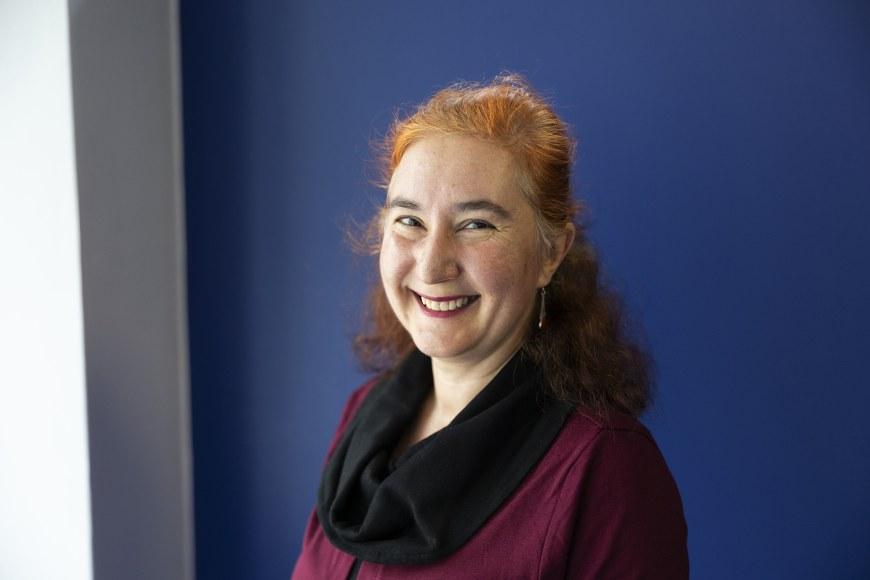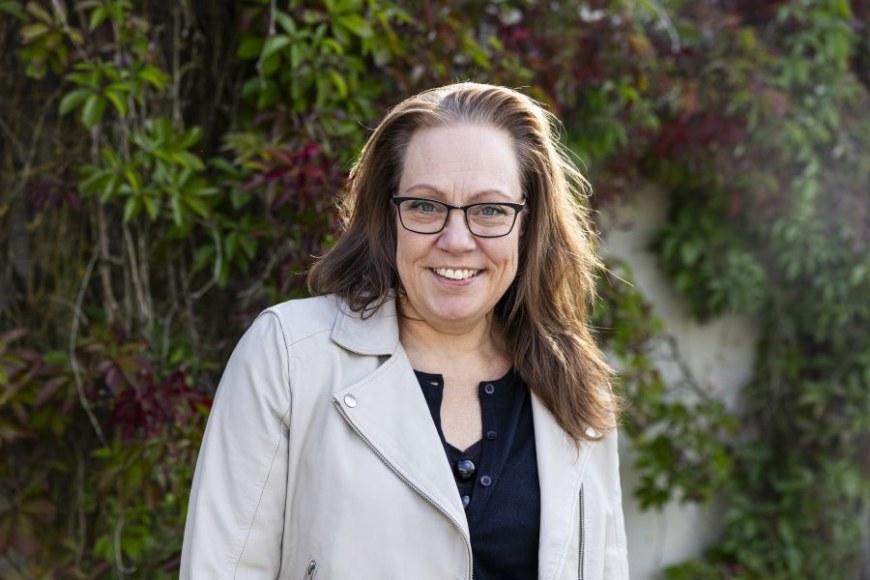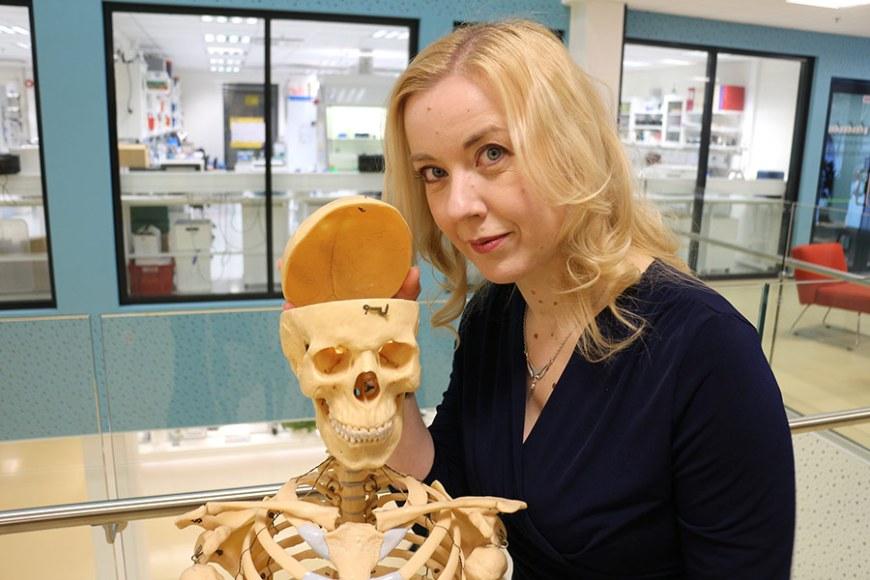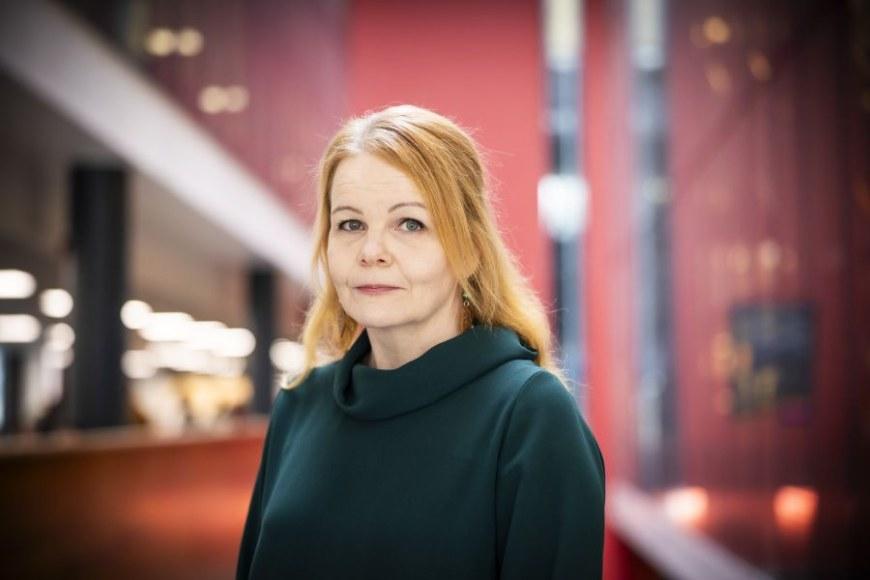Western bias prevents seeing the language skills of immigrants
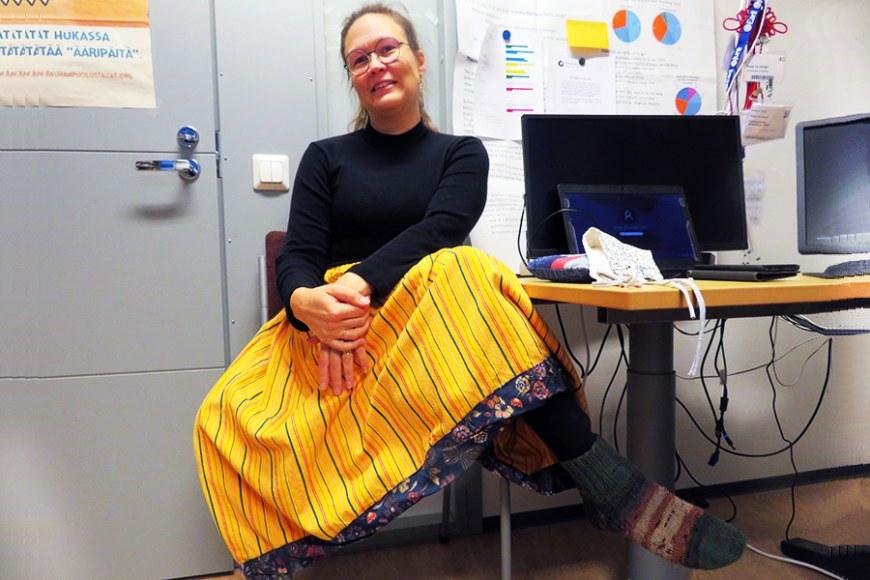
Maija Yli-Jokipii, university instructor in education, says that Finland’s language resources have never been as extensive as they are now. The misconception stems from a reluctance to see immigrants’ mother tongues as part of national language resources.
Arabic is the first language of 10,000 people living in Finland. However, their language skills are underutilised and many of them do not know how to write well in their language because they do not receive enough education.
“We worry about why Finnish children do not learn other foreign languages than English. They do learn, but we do not regard those children whose first language is something else than Finnish as Finns. We could begin by asking who these Finns are whose language skills we are talking about,” Yli-Jokipii says.
Yli-Jokipii works at Tampere University’s Faculty of Education and Culture and is analysing the work of first language teachers for her doctoral dissertation.
Why do people only study English?
Finnish students in upper secondary school are less and less likely to study other foreign languages than English. In 2005, more than 18,000 upper secondary school graduates took the matriculation exam in a short second foreign language, but in 2019 only 3,900 graduates did so.
Does this development worry a researcher?
“That is one aspect of the matter, but another one is that we have more and more people whose first language is something else than Finnish. However, if those languages are not considered and seen as part of Finns’ language resources, it is easy for us to say that the language resources will narrow if everyone is studying only English,” Yli-Jokipii points out.
There are many issues involved in the debate on the narrowing of the language resources.
“It is guided, among other things, by the fact that currently mainly mathematics and science subjects are appreciated when students apply for further education. This is influenced by our media environment and the current social climate,” Yli-Jokipii says.
According to Yli-Jokipii, thoughts about efficiency prevail, making languages appear less dynamic.
“We only see the language skills taught at school as language proficiency and consider proficiency in only major Western languages as relevant,” she says.
World’s best comprehensive school does not support immigrant children
Multilingual students are often regarded a problem. According to Yli-Jokipii, the challenges are usually related to the fact that there are structural problems in teaching Finnish as a second language and the students’ own first languages are not necessarily supported.
It is worrisome, for example, that multilingual pupils with an immigrant background are one or two years behind native students at the end of comprehensive school as OECD’s PISA results show. Yli-Jokipii would like to analyse and investigate this phenomenon.
“The big question is what is behind this fact,” Yli-Jokipii says.
According to research, a child or young person usually learns the spoken language needed for social interaction in a year or two. Acquiring the so-called academic language skills needed for deeper studying take from five to seven years, and this is not possible without adequate support.
“Why is it that in five or seven years the world’s best comprehensive school is not able to support the development of language skills of children with immigrant backgrounds to such a level that they would be able to achieve the same learning outcomes as the students who only speak Finnish in the native population?” Yli-Jokipii asks.
Good proficiency in students’ first languages supports learning other languages
There are no ready answers to the poorer success of students with an immigrant background. However, Yli-Jokipii has ideas about what the causes might be and what should be done about them.
When the home language is different from the dominant language, the child’s first language skills do not seem to develop at the same pace as the skills of those children who are growing up in a purely monolingual environment. When they go to school, bilingual children have inferior language skills compared to those living in a monolingual environment.
“I am interested in whether a weak command of one’s first language can make it difficult to learn another language, i.e. Finnish, and everything else,” Yli-Jokipii says.
By the fourth or fifth grade at the latest, primary school curricula become more abstract and learning becomes increasingly language based. At that point, the student must be able to master a rather demanding abstract level of language.
Yli-Jokipii is interested in the question of whether any of the languages the student knows have developed into a level that is required for good performance at that stage.
Structural racism
According to Yli-Jokipii, multilingual students may face structural racism, which does not mean the racism of ordinary people, but the fact that the education system does not give everyone the same opportunities.
“Investments in studying one’s first language vary greatly. In some municipalities, first language classes are offered, which is internationally exceptional because it is a Nordic thing that multilingual students can also study their first language at school,” Yli-Jokipii says.
In Finnish schools, first language classes are available in up to 58 languages. According to Yli-Jokipii, the best situation is in Espoo, which offers classes in slightly more than 50 languages.
The teaching of other languages than Finnish, Swedish, Sámi and Romani varies by municipality and city. Other languages are studied with additional funding as complementary subjects. Separate funding means that municipalities do not have a duty to provide this education.
“There are also large cities that do not provide separately funded education because they do not have the obligation to organise it and it is not compulsory for the students. Students receive a separate certificate for the studies, but they are not part of the primary or comprehensive school diploma,” Yli-Jokipii explains.
Teaching the first language of children with an immigrant background is partly organised outside the regular lesson plan. Additional difficulties come from the heterogeneity of teaching groups. There can be students from pre-primary school to comprehensive school in the same teaching groups.
“The pupils are not only a hugely heterogeneous group based on their age level but also as regards their skills level. No other subject is taught in this way. Learning materials made according to the Finnish standards are only available in a few languages and thus teachers must make a huge amount of materials themselves,” Yli-Jokipii points out.
No qualification requirements for teachers of first languages
First language teachers often lack qualification requirements altogether. The qualification criteria of foreign language teachers are often applied to them.
“This means that there are many languages in which a teacher cannot earn a qualification in Finland at all,” Yli-Jokipii says.
In Finland, you can get a qualification to teach 11 languages that are common among the immigrant population. Of the major languages, for example, Somali, Kurdish, Vietnamese and Albanian are excluded.
“It is easy to qualify to teach major European languages such as Portuguese even though there are far fewer Portuguese-speakers in Finland than, for example, Kurdish-speakers,” Yli-Jokipii says.
Because teachers cannot earn the qualifications, they cannot get steady jobs, meaning that teacher turnover is high and especially the most qualified teachers easily transfer elsewhere.
The problem would be solved if the Ministry of Education and Culture first defined the qualification requirements of teachers. After that, universities could start to organise training leading to the qualification. This has been tried at the universities of Tampere and Helsinki, but due to the lack of qualification requirements these efforts have not been successful.
From monolingualism to multilingualism
The Finnish debate on language resources and the supremacy of English is marked by an illusion of monolingualism. It is traditionally believed that each person has only one first language although many people are born and live in a multilingual environment.
In Finland, a study is underway on the possibility of entering several languages in the population data register. Yli-Jokipii thinks that this would be a good starting point.
According to her, when giving their first language, many fear structural discrimination related to the status of the language involved. In French- or English-speaking Africa, many residents say that the dominant language is their first language even if they do not speak it.
In terms of education, multilingualism would mean that students would be better guided to the right kind of teaching in Finnish language.
“Multilingualism would improve the position of other languages than Finnish and Swedish, especially Finland’s own minority languages,” Yli-Jokipii says.
Text and photograph: Heikki Laurinolli
